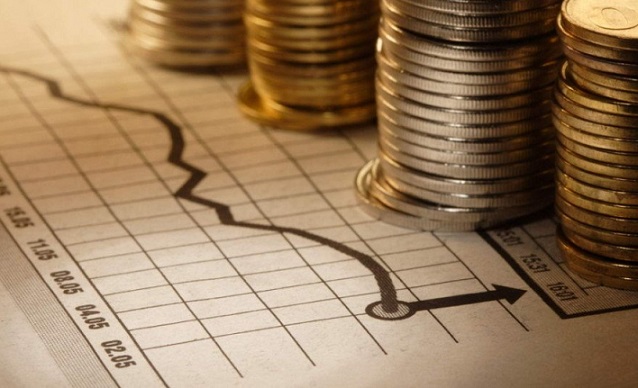European High Yield: a tale of low defaults and diversification

Following a strong start to 2017, valuations in European high-yield (EHY) look less attractive than they did six months ago. However, while some volatility in the short term is to be expected, the asset class has proven its worth in testing economic times.
Recent years have seen strong growth trends in the European corporate debt markets. This has provided a solid base for EHY to grow, becoming increasingly diversified with improved overall credit quality. Rather unsurprisingly, it is more appealing to investors as a result. With two full credit cycles since the late 1990’s behind it, the EHY sector is now an integral part of the global leveraged finance market. It may still be perceived as the smaller sibling of US High Yield, but that masks how fast it is growing and maturing.
This maturity can be seen in both size – the market has grown from €41 billion in January 2002 to €286 billion in January this year – and the decreased volatility relative to US High Yield that has occurred since 2012 (according to Bloomberg data), albeit a reasonable proportion of the latter trend has been down to stresses in the US energy market.
Relative to historic levels, yields are low. Yet with income and yield increasingly hard to come by a distribution of 5% is not to be sniffed at. And with yields on government bonds often negative, as is the case of 5-year German debt, the overall spread of yield over government bonds is even higher.
New world of negative 5yr Bund yields
Although always important, with yields at relatively low levels, the role of defaults becomes heightened. The overall outlook is encouraging. Moody’s predict that rates will be 2% in Europe, compared to 4% in the US. Even so, rigorous security selection is required to weed out the companies most likely to default.
High yield’s equity-like qualities are well known. Its correlation with government bonds is low. To reinforce this point, we singled out instances where US 10-year Treasury yields rose by 1% and compared high yield returns over this period. The results are below, and are illuminating.
High yield: a haven in times of US Treasury stress?
Past performance is not a guide to future results.
As you can see, high yield offers particular good diversification during these periods. Having an allocation makes sense as part of a broadly diversified portfolio.
In times of uncertainty, investors traditionally flock to the ‘safe haven’ assets, such as government and investment grade bonds. In normal economic conditions, these would offer a relatively safe spot to park your cash. But these aren’t conventional times; central banks have exhausted their weaponry, and as of 28 February 2017 45% of developed market bonds now yield less than 1%, and 20% of those offer negative yields, according to JP Morgan data. Brexit, key elections in Europe and Donald Trump don’t help matters either.
It is likely to be a bumpy road ahead for European high-yield bonds, as it will be for markets globally, but the combination of yield and relatively low duration in return for its credit risk remains compelling. EHY certainly warrants the increased interest among income-seeking investors.

